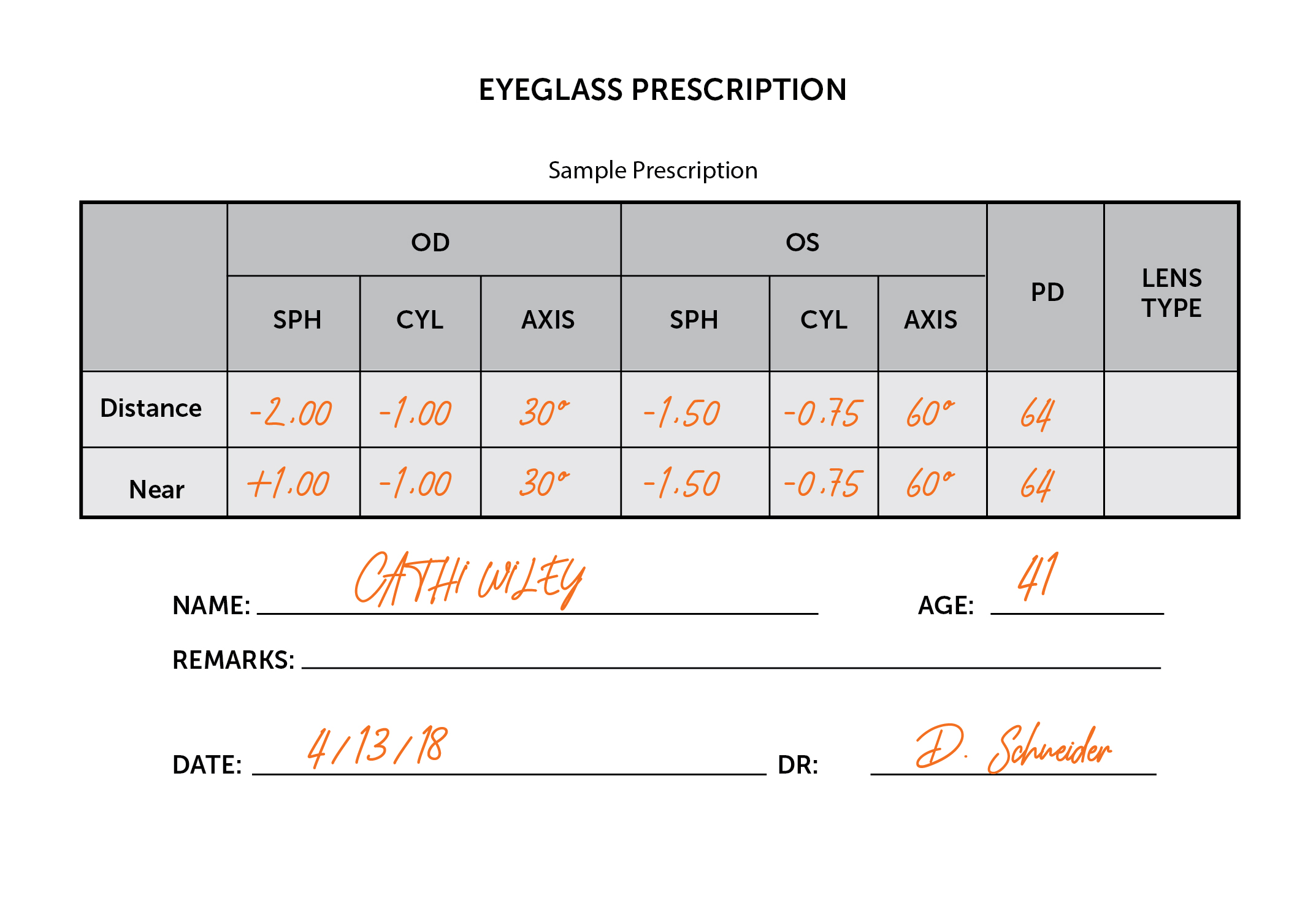As you may know, the sun’s harmful ultraviolet (UV) rays can cause damage to your skin, but how often do you think about the damage these rays can cause to your eyes? What about your child’s eyes? At a young age, children’s eyes are still developing, and with the substantial time they spend outdoors, it is important to purchase sunglasses to protect their eyes from harmful UV rays.
What Are UV Rays?
UV rays or ultraviolet radiation is a form of electromagnetic radiation or energy. These rays are emitted from the sun as well as a few man-made sources, like tanning beds. A key factor in what makes ultraviolet rays so dangerous is our inability to see them. Ultraviolet rays fall outside the range of visible light for the human eye. To read more about UV rays, click here.
Your Exposure to UV Rays
Eye Development
The lens inside a child’s eye is still developing and is not as capable of filtering high energy rays similar to eye lenses in adults. This inability to filter and fully protect their eyes causes children to have a higher risk of damage from UV rays. Shielding your infant’s or child’s eyes from UV rays as early as possible will help prevent overexposure to UV radiation throughout their lifetime. For younger children and infants, a sun hat provides additional protection to their skin and eyes throughout the day as the sun shifts and in case they remove their sunglasses.
Environment
Exposure to UV radiation increases at high altitudes, tropical locations, and in reflective environments. Consider the level of risk in your environment and if protective eyewear should be worn. Here are a few environment aspects and how they could affect your exposure to harmful UV rays.
- Altitude: At higher altitudes, the earth’s atmosphere is thinner and unable to provide the same protection from UV rays.
- Location: As you move closer to the earth’s equator, the level of UV rays increase. If you and your family are visiting a tropical location near the earth’s equator, always wear 100% UV blocking eyewear when outdoors.
- Highly reflective services: Areas with highly reflective services like pools, lakes, oceans, and snow reflect UV rays. Snow can reflect up to 80% of UV rays creating a higher risk of UV damage to your eyes.
- Clouds: Keep in mind clouds do not block UV radiation. UV exposure can be high on cloudy days.
Time of Day
- Time of day: UV levels are higher between 10 am to 2 pm when the sun is at its peak.
- Setting: Highly reflective surfaces like sand, water, and snow provide a much higher risk of eye damage due to UV radiation.
Children’s Eyewear
We understand convincing your child to wear sunglasses can be a challenge. Use these pointers when talking with your kids about sunglasses! Don’t forget, you know your children better than anyone else, so some of these tips may not work for them.
- Match the current trends. If your child loves a certain color, pattern, or shape, purchase sunglasses to match their unique style.
- TV shows, young celebrities, and brands like Disney create sunglass lines to appeal specifically to children. That’s right, children notice and prefer brand named items just like teens and adults.
- Keep frame in the family. If the child has an adult or sibling they look up to and admire, purchase your child similar sunglasses to what the adult or sibling owns. This will appeal to the child’s desire to look more like their older sibling or parent!
- Let them do the shopping. Take children shopping specifically to pick out their very own special pair of sunglasses. The more they like their sunglasses, the more likely they are to wear them, and the better protected their eyes will be from harmful UV radiation from the sun.
